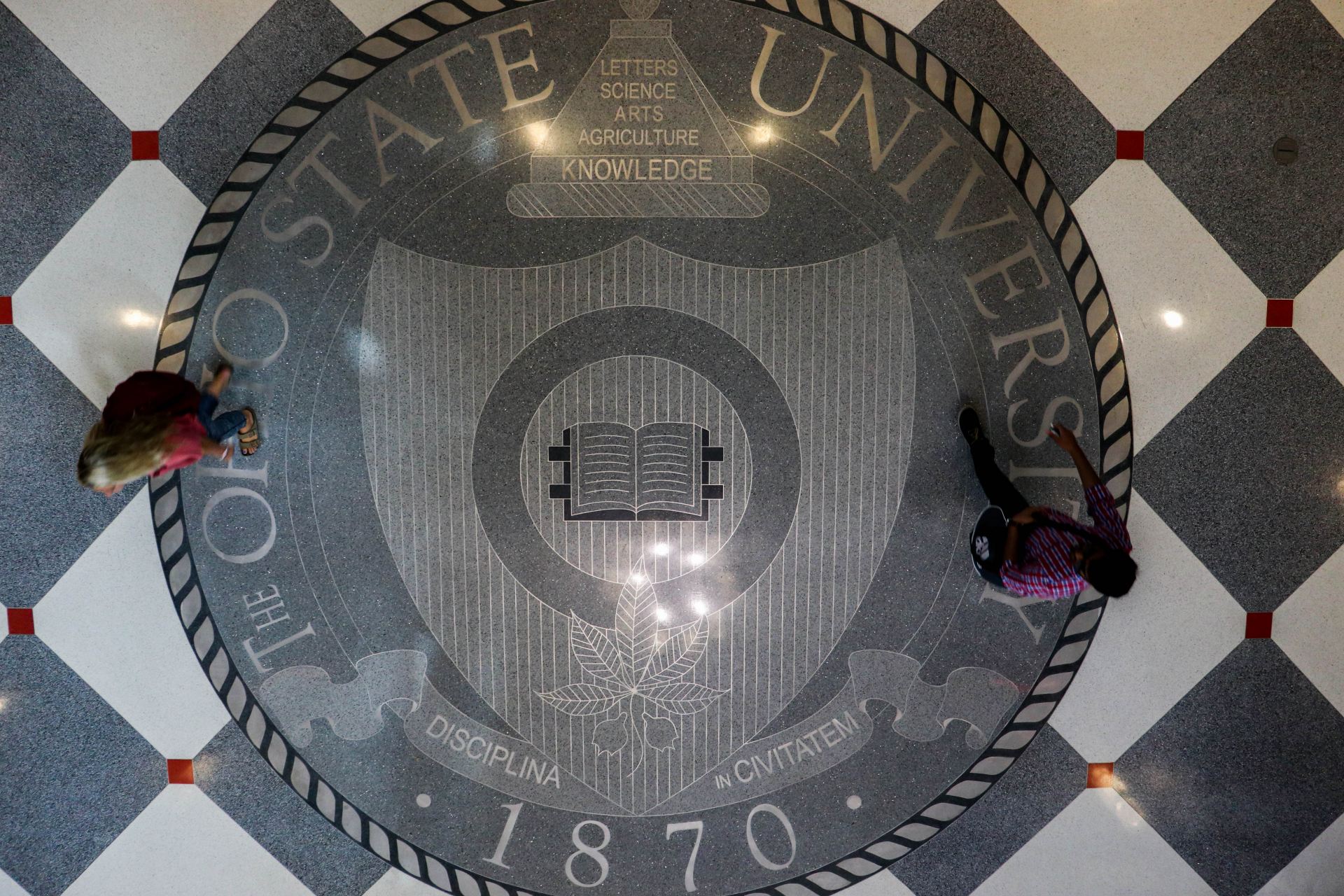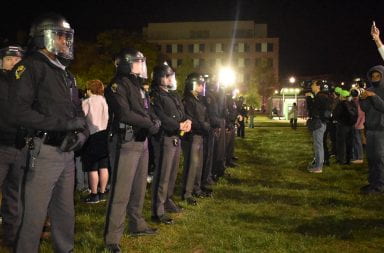
Ohio State is hosting the first-ever Community Engagement Conference, which brings together people from across the state to collectively tackle problems Ohio is facing. Credit: Jack Westerheide | Photo Editor
Ohio State will hold its first-ever Community Engagement Conference at the Ohio Union on Wednesday and Thursday, a presentation by the university’s extension team and the Office of Outreach and Engagement.
The theme for the conference is “Partnering to Advance Health and Wellness” and it aims to bring students, faculty and staff together to improve on the development and advancement of the Columbus and statewide community.
Its purpose is similar to that of Ohio State’s extension program: a community effort located in every county in the state and works with other land-grant universities to tackle community issues like the opioid epidemic with practical solutions.
“Partnering is an appropriate word because that’s the way extension works and that is the way public health works around the state,” said Ken Martin, associate director for OSU extension and co-chair of the event. “So we proceeded to strategize what that would look like and how it could be a university wide conference.”
Pamela Salsberry, associate dean of outreach and engagement, is working alongside Martin to make sure the event runs smoothly.
The event will begin at 8 a.m. Wednesday and is made up primarily of breakout sessions — three Wednesday and two Thursday — where attendees will choose to see a presentation from a list of up to 16 options. Each presentation will focus on a different outreach program.
A variety of speakers will talk during breakfast and lunch each day, including University President Michael Drake during lunch Wednesday.
The conference will also feature a poster forum where outreach organizations can highlight the work they do. Conference attendees have the ability to look at different poster presentations all throughout the day.
Martin and Salsberry received 156 student proposal applications from universities across the state before the October deadline.
“There are 30-minute proposals, 60-minute proposals, ignite sessions which are five-minute presentations on individual topics that people would like to share, and poster sessions as well,” Martin said. “There was only about a dozen applicants that did not want to do a poster session if they were not selected for a presentation.”
Proposals were reviewed by a 20-member board, and each proposal was organized by the way it would be presented during the conference.
“We would really like to see student attendance involvement and have really made an effort to make this quite affordable for students,” Salsberry said. “There’s lot of ways in which both graduate and undergraduate students might be able to meet and network with people from around the state that they wouldn’t have had access to before.”
Students attending the conference will pay a $30 fee, covering meals and entrance to the conference.
“It has really been a coordinated effort from such a large amount of people to sort of pull this off, especially in the first year,” Salsberry said. “There have been many academic and other units to the university that have contributed to the cause just so that students can get to this event.”


